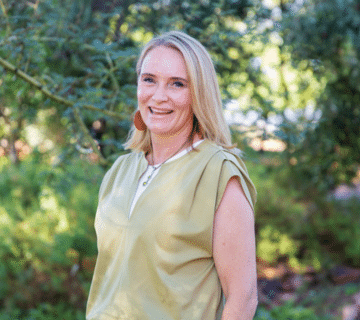Admire Africa’s iconic peak from afar—or stand on its snow-capped summit. Prepare for the trip of a lifetime!
Scroll for more
This page covers three very different options all within the same broad geographical area. But that’s where the similarity ends. One is the adventure of climbing Mount Kilimanjaro. The others are the scenic delights of the Arusha area and finally Western Kilimanjaro.
Close by lies Arusha, a bustling town in the foothills of Mount Meru. Depending on your flight connections you will probably need to stay overnight near Arusha, either at the start or end of your safari. Popular Arusha hotels include Kili Villas, Arusha Coffee Lodge and other coffee plantations. A ten-minute drive from Arusha is the Lake Duluti Lodge on a scenic crater lake. These country lodges often have several activities or excursions on offer from coffee tours to guided hikes in the nearby small but scenic Arusha National Park. Most of our accommodation below shows the Arusha lodge options. For most travellers, Arusha is a pleasant overnight stop—close to Kilimanjaro International Airport (40 km) and perfectly positioned to launch a Serengeti or Ngorongoro journey.
Rising 5,895 metres above the plains, Mount Kilimanjaro is both Africa’s highest summit and a beacon of personal challenge. Alluring glimpses of the magnificent snow-capped summit of Kilimanjaro from these plains contradicts its unique reality. Part of the fascination of the Kili climb is the mix of eco-climatic zones that you’ll hike though on your way to the summit. It begins with lush rainforest and then moves into montane forest, heath and moorland, alpine desert. And finally, bare snow and ice.
It’s been too many years since I climbed this peak, using the original Marangu Route. But during the intervening time, the number of routes, duration of the climb, and even the comfort levels, are all aspects that you now have greater choice over. What remains the same, however, is the overwhelming sense of exhilaration and achievement at the summit. As well as the unique challenges of hiking at altitude with its attendant discomfort. Climbing Kilimanjaro is hard. And your fitness levels are only one part of the challenge.
We work with reputable Tanzanian operators, ensuring proper equipment, expert guides, and ample time to acclimatise—because comfort and safety should never be compromised for cost.
Nowadays there are at least six routes to choose from, each offering different levels of scenery and challenge.
You can choose the length of the climb. Whether to do the climb over five or six days (Marangu and Rongai routes), six or seven days (Machame route) or the longer Lemosho route.
The extra day is spent acclimatising on the mountain, doing a longish walk, but not gaining much more altitude. It should help with achieving the summit, and with having a more pleasant final climb experience. But there are no guarantees. It is just improving your odds. And can also choose the level of comfort you want for the tour. For example, you can choose to hire state-of-the-art sleeping bags, opt for a better food experience, take a satellite phone, or have extra mountaineering insurance. Choose to go with a reputable operator (such as we use). This is not something to try to do on the cheap! It is the case that you get what you pay for. (Do you really want to be cold and miserable in a sub-standard tent just to save a little money.)
We book the actual hike with a night at the base so a six-day hike is a seven night itinerary. As there are so many options, we don’t show a sample hike on this website. But let us know what you want, and we’ll send you an itinerary. Mount Kilimanjaro climbers should be fit and well exercised. The best months for the climb are July to September (cold but dry) and January to mid-March (clearer and warmer).
Finally, those who prefer to gaze up at the icy dome of Mount Kilimanjaro from afar can admire this majestic mountain from the plains of Western Kilimanjaro. This is an exclusive game concession of floodplains, hills and acacia woodland. Here you will find plenty of elephant and interesting antelope such as lesser kudu. It is just across the border from Amboseli National Park in Kenya, but it is a much less commercial experience. The interaction with local people is a more authentic experience. Plus, as you are outside national park restrictions, you can take guided walks and enjoy night game drives, which might even yield sightings such as striped hyena. Stay at Shu’mata Camp or Hatari Lodge for front-row views of the mountain and a more authentic connection with the Maasai communities who call this land home.
Back to main Tanzania safari page.
